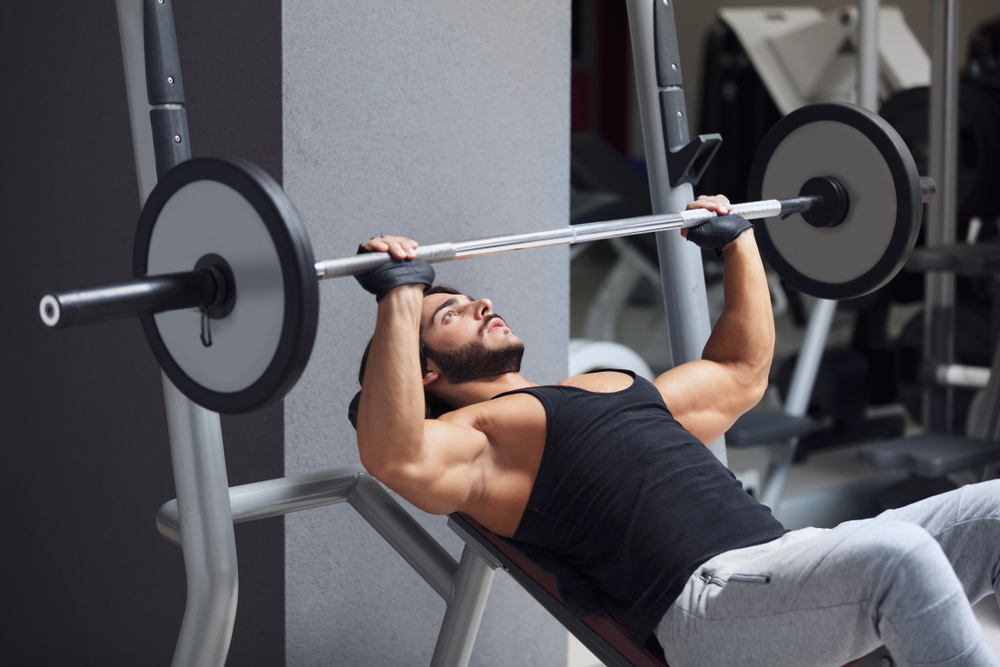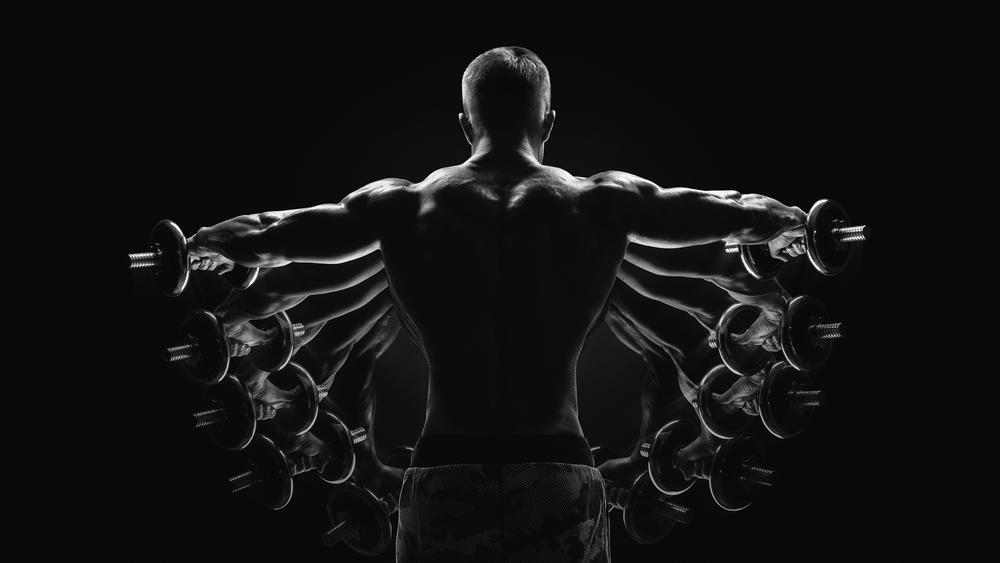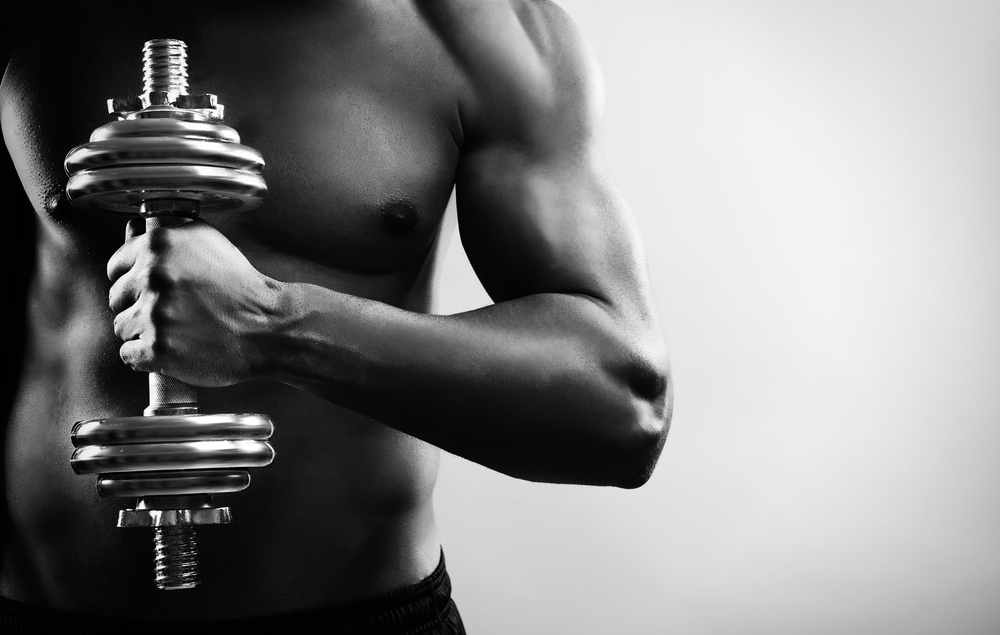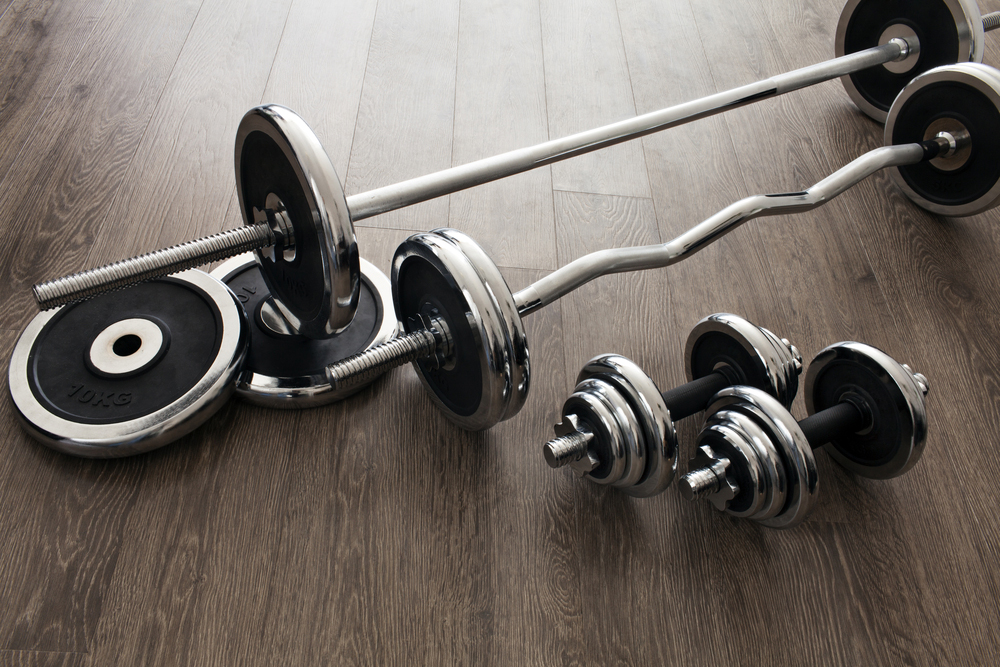The push-up is one of the most commonly used basic exercises in strength training. It develops the muscles of the arm, forearm, certain muscles and muscle groups of the shoulder and back. In order to be effective and to work the targeted muscles, the push-up requires the mastery of certain techniques by the practitioner.
A mistake in the execution of the pushing movement can indeed cause injuries or serious trauma. It is important to know the techniques of the push-up in order to improve performance and achieve concrete results.
What are pushing movements in strength training?
Pushing movements involve exercises where the practitioner has to push an object away from him or her, or his or her body away from an accessory. These muscle building movements will allow him to develop the muscles of the arm, forearm, shoulders, pectorals, anterior deltoids, triceps, as well as groups of muscles of the trunk.
The varieties of push-ups in bodybuilding
The push-up movement can be performed in two methods: the horizontal push-up and the vertical push-up.
The horizontal push consists of pushing an object in front of the practitioner. The practitioner must sit or stand to perform the movement. The horizontal push allows in particular to emphasize the pectoral muscles.
The vertical push: it is when it is a question of moving an object above the head of the practitioner. The starting position is similar to that of the military bench press. The practitioner must lie on a bench to take support. To develop the shoulders and the muscles of the arm and the forearm the vertical push is the ideal exercise.
The right technique to perform push-ups
In the field of bodybuilding, there are certain points that must be taken into account each time the practitioner performs an exercise: the vectors of force, the axes, the trajectories and the levers. These three vectors must be respected in order to optimise results and to avoid injury.
In the field of the push-up, these three vectors are determined by the location of the elbow and the hand of the practitioner in front of the bar.
To make successful pushing movements, the elbows of the practitioner must be aligned under the wrist. If the elbows are too far forward or too far back, the target muscles will not be fully affected.
It is also important to ensure that the arms are slightly in line with the shoulders, with the shoulders fully locked in. For both horizontal and vertical push-ups, the torso should always be arched for support. If the torso is slumped, the supports are inactive and the muscles are not working, so there is no concrete result.








